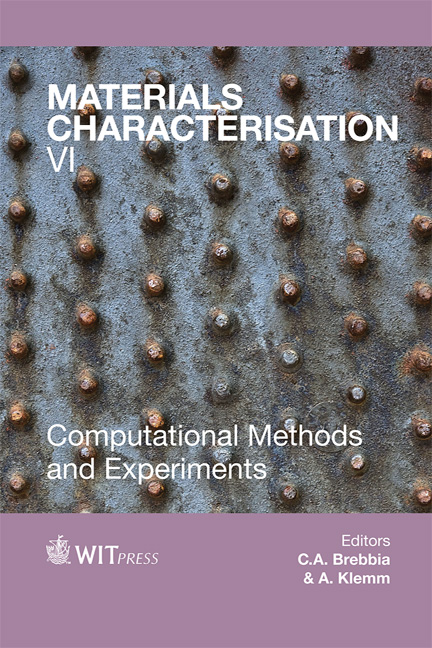Utilising Implanted Carbon Fibre As A Resistive Heating Element In Wind Turbine Blade Anti-icing Systems
Price
Free (open access)
Transaction
Volume
77
Pages
12
Page Range
297 - 308
Published
2013
Size
1,019 kb
Paper DOI
10.2495/MC130261
Copyright
WIT Press
Author(s)
A. Maheri
Abstract
Wind turbines installed in cold climates are at risk of blade icing and required to be equipped with systems preventing the build-up of ice and/or ice removal. This paper presents the results of a preliminary investigation on the feasibility and suitability of using carbon fibres as resistive heating elements implanted in the structure of the composite blades. The proof of the concept of using carbon fibre implanted in a glass fibre composite as heating elements for de-icing purpose is demonstrated. Moreover, using a genetic algorithm (GA) optimiser the optimum depth of implanted carbon fibres and the optimum magnitude of heat source which minimise the energy consumption of the system whilst subjected to manufacturing and controllability constraints are obtained. A finite difference model has been also developed to perform the transient heat transfer analysis which is to be used as the evaluator for the optimiser module. The effect of heated fibres on the fibre-matrix debonding strength is also examined. It is shown that, heating the carbon fibres up to 95ºC does not affect the fibre-matrix debonding strength. However, the rapture of the carbon fibre tows uncovered in the polymer matrix is the dominant failure mode. Keywords: wind turbine, blade icing, resistive heating de-icing, resistive heating ant-icing, carbon fibre, GA optimisation, fibre-matrix de-bonding strength.
Keywords
wind turbine, blade icing, resistive heating de-icing, resistive heating ant-icing, carbon fibre, GA optimisation, fibre-matrix de-bonding strength





